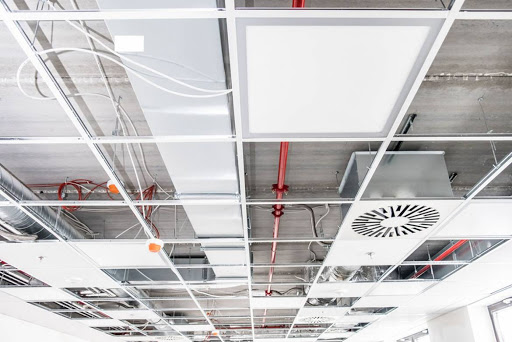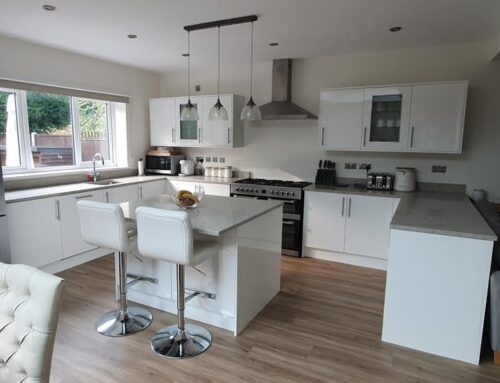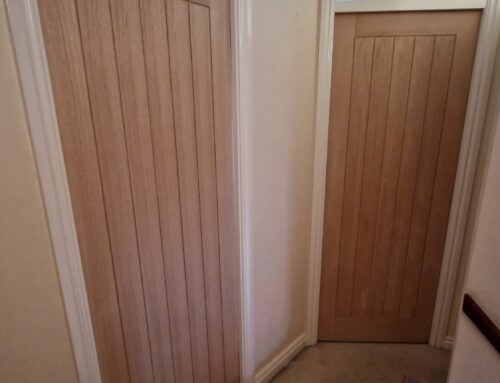Suspended ceilings, also known as drop ceilings or false ceilings, are a popular choice for modern buildings due to their versatility and functionality. Suspended ceilings are created by suspending a grid of metal or wooden frames from the original ceiling, then fitting tiles or panels within the frames. These tiles can be made of various materials, including mineral fiber, metal, or gypsum, and can be designed to suit different purposes and aesthetic preferences.
There are numerous benefits to installing a suspended ceiling in a building. Firstly, suspended ceilings provide acoustic insulation, reducing noise levels in the space below. This can be particularly important in commercial environments, such as offices or classrooms, where sound levels can impact productivity and concentration. Additionally, suspended ceilings can improve energy efficiency by trapping warm air in the ceiling space, reducing the need for heating.
Another advantage of suspended ceilings is their ability to conceal unsightly fixtures, such as electrical wiring, plumbing, and ventilation systems. This not only creates a cleaner and more aesthetically pleasing space but also makes maintenance and repairs easier and more accessible.
Suspended ceilings can also be designed to suit specific purposes, such as fire-resistant or moisture-resistant tiles for kitchens or bathrooms. They can also be fitted with lighting fixtures or air diffusers, allowing for customization of the space below.
Installation of suspended ceilings is a relatively simple process, requiring minimal disruption to the existing structure. The frames are hung from the ceiling using wires or brackets, and the tiles or panels are simply dropped into place. This makes suspended ceilings a cost-effective and efficient solution for renovating or upgrading a building.
However, there are some potential drawbacks to consider when installing a suspended ceiling. Firstly, they can reduce the height of the room, which may not be suitable for spaces with low ceilings. Additionally, the installation process can create dust and debris, which can be a health hazard if proper precautions are not taken.
In conclusion, suspended ceilings are a practical and versatile solution for modern buildings. They offer a range of benefits, including acoustic insulation, energy efficiency, and aesthetic appeal. With a range of materials, designs, and customization options available, suspended ceilings can be tailored to suit a variety of purposes and preferences. While there are some potential drawbacks to consider, suspended ceilings remain a popular and effective solution for upgrading and improving building interiors.



